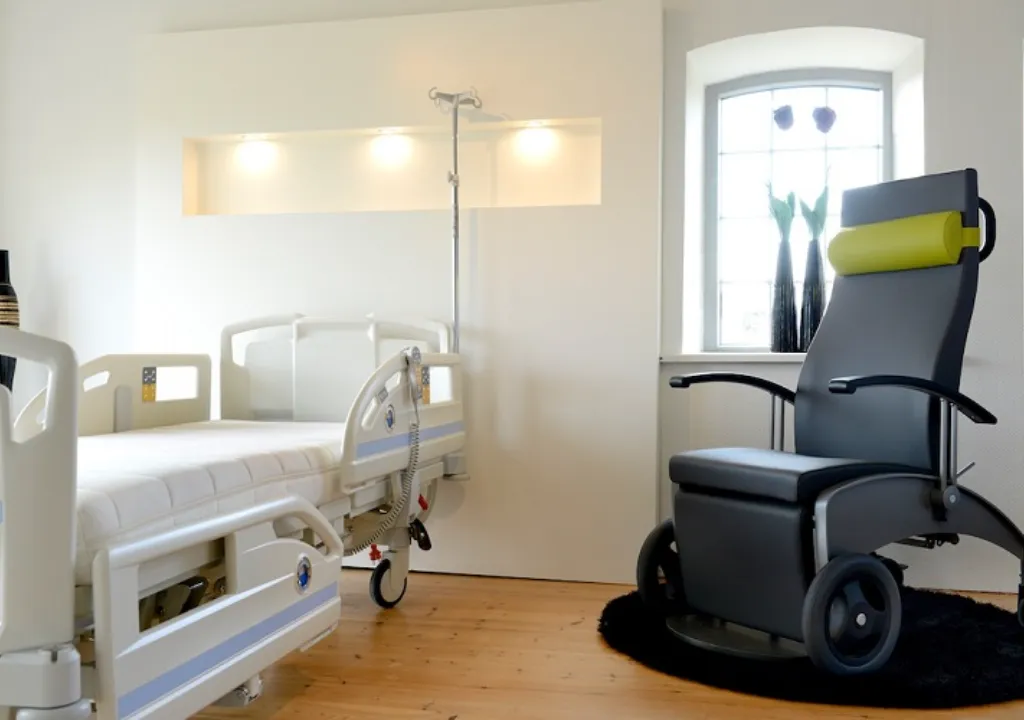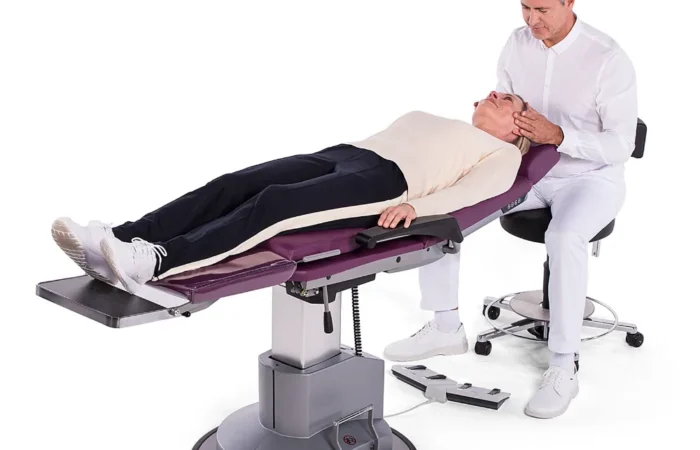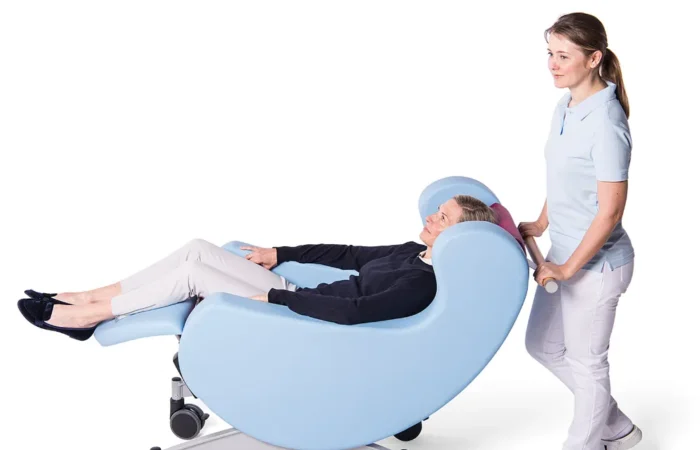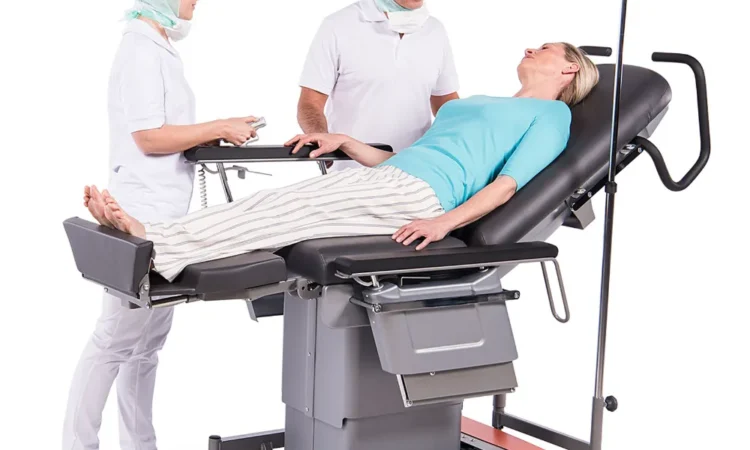Choose the Right Medical Chair

ΗThe selection of the appropriate medical chair is a fundamental decision for any healthcare facility, whether it is a hospital, private clinic, diagnostic center, or medical office. Properly designed chairs enhance the patient experience, facilitate the work of medical and nursing staff, and contribute to the overall efficiency of a healthcare system. International studies confirm that the ergonomic and functional design of medical chairs is directly linked to the health and well-being of patients, as well as to reducing occupational fatigue for healthcare personnel.
Why Is the Right Chair Essential?
1. Ergonomics and Adaptability
Modern chairs must provide complete support to the patient’s body, especially during prolonged use, such as during examinations, therapeutic procedures, or transfusions. Poor design can result in discomfort or even complications, such as pressure ulcers in vulnerable patient groups.
2. Optimization of Work for Healthcare Staff
Ergonomics is not solely about the patient. For healthcare staff, appropriately designed chairs ensure proper body posture, reduce muscle and joint strain, and provide easy access to the patient during examination or treatment.
3. Ease of Adjustment and Durability
In environments such as hospitals and clinics, chairs are subject to intensive use. The ability to make adjustments, durable design, and easy-to-disinfect materials are crucial factors for long-term functionality and hygiene.
Categories of Medical Chairs and Their Advantages
1. Blood Collection and Transfusion Chairs
These chairs are designed for long procedures such as blood donations, blood collections, IV therapies, or blood transfusions. Key features include:
- Adjustable backrest and footrests for the comfort of the patient.
- Easy access for medical staff, with the ability to move or stabilize the chair.
- Anatomical cushions that reduce pressure on pressure points.
- High-quality upholstery, easy to clean and durable against wear.
2. Hemodialysis Chairs
Hemodialysis chairs are designed for patients undergoing long-duration treatments. These chairs must provide:
- Complete support and ergonomic design to prevent strain and pressure sores.
- Electric adjustments for backrest, height, and tilt, allowing the patient to adjust their position with the push of a button.
- A sturdy construction that ensures the patient's safety throughout the entire treatment.

3. Examination and Procedure Chairs
Examination chairs are multifunctional and adapt to various medical specialties (gynecology, orthopedics, dermatology, etc.). They are characterized by:
- Adjustable parts (backrest, height, footrests) for optimal adjustment to the needs of each examination.
- Stability and durability for safe use during procedures or examinations.
- The ability to adjust tools (e.g., foot or head supports) for specialized procedures.
4. Transport and Rest Chairs
Patient transport chairs combine comfort with functionality, ensuring safe and smooth movement within the clinic or hospital. Additionally, they can be used for temporary resting, with features such as:
- Lightweight and sturdy construction for easy mobility.
- Comfortable design that reduces patient fatigue.
- Adjustment to the ergonomic needs of attendants or staff performing the transfer.
Modern Technological Solutions and Ergonomics

Modern technology in the design of medical chairs ensures both performance and comfort. The ability for electronic adjustments, ergonomic design, and ease of use are features that enhance the daily practice of healthcare professionals and provide an improved experience for patients.
In light of the continuous advancements in the healthcare sector, new medical chairs are not just a tool but a significant investment in the quality of the services provided. Choosing the right solution ensures not only improved staff performance but also the creation of an environment that inspires trust and safety for patients.
Conclusion:
The right medical chair is an integral part of a modern and effective healthcare environment. By choosing chairs that offer ergonomics, functionality, and quality construction, you invest not only in the well-being of patients but also in the efficiency of healthcare professionals.


